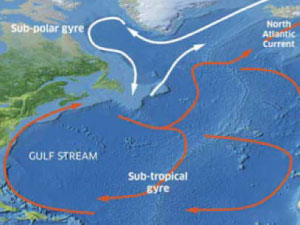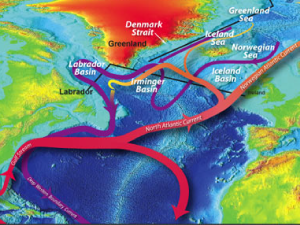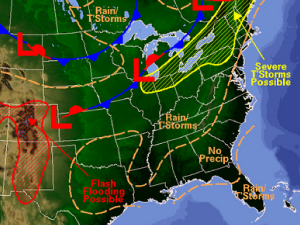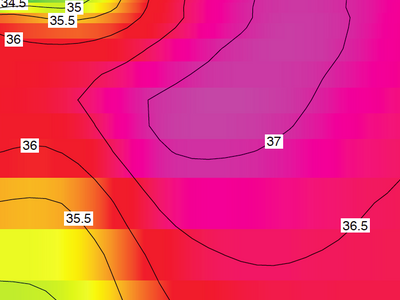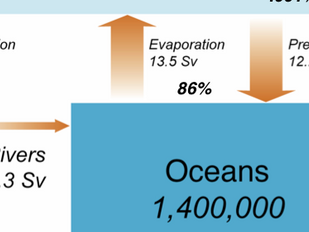Education: Webinar Clips and Resources by Scientist/Educator
Graduate Research Assistant
Columbia University
Julius Busecke is a Ph.D. candidate at Lamont-Doherty Earth Observatory, Columbia University. He received his B.Sc. from the University of Kiel, Germany in 2010. His interests include the ocean's role in the global freshwater cycle, mixing and transport by ocean eddies, and the influence of ocean eddies on the oceanic surface variability.
In this clip, Julius Busecke discusses how the interactions between atmospheric circulation and the rotation of the earth interact to produce large scale gyres in the North Atlantic Ocean.
To understand Earth's climate, it is important to understand ocean circulation, which can be studied by examining ocean salinity. Julius Busecke explains how North Atlantic deep water is formed and how that drives global ocean circulation.
In this clip, Julius Busecke, a Ph.D student at the Lamont Doherty Earth Observatory, explains how these rainfall patterns create tropical and desert regions.
In this clip, Ph.D student Julius Busecke explains that through his research, he is trying to determine how freshwater is carried throughout the ocean and how mesoscale eddies in the ocean are affecting properties like ocean salinity.
In this video, Julius Busecke, currently a Ph.D student at the Lamont Doherty Earth Observatory, explains what a pycnocline is and why it is an important part of the mixed layer in the ocean.
In this clip, Ph.D student Julius Busecke explains shallow overturning circulation and uses the North Atlantic Ocean, home of SPURS, as a case study. He also gives viewers a glimpse at some preliminary results gleaned from a recent cruise to the SPURS.
In this clip, Ph.D student Julius Busecke walks us through why we should be concerned about the ocean, due, in part, to evaporation and precipitation. Although we think of these processes as largely land-based phenomena, they actually take place on a much larger scale over the ocean.

